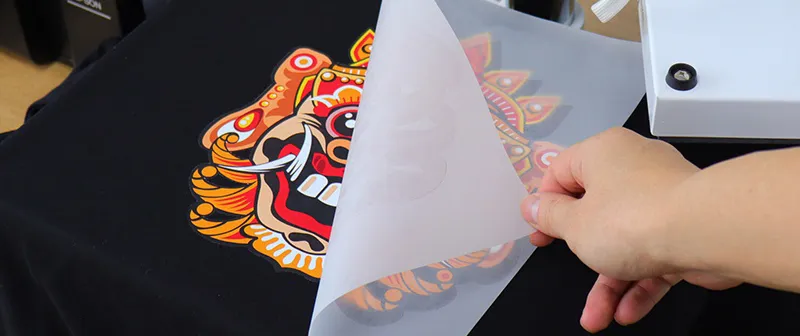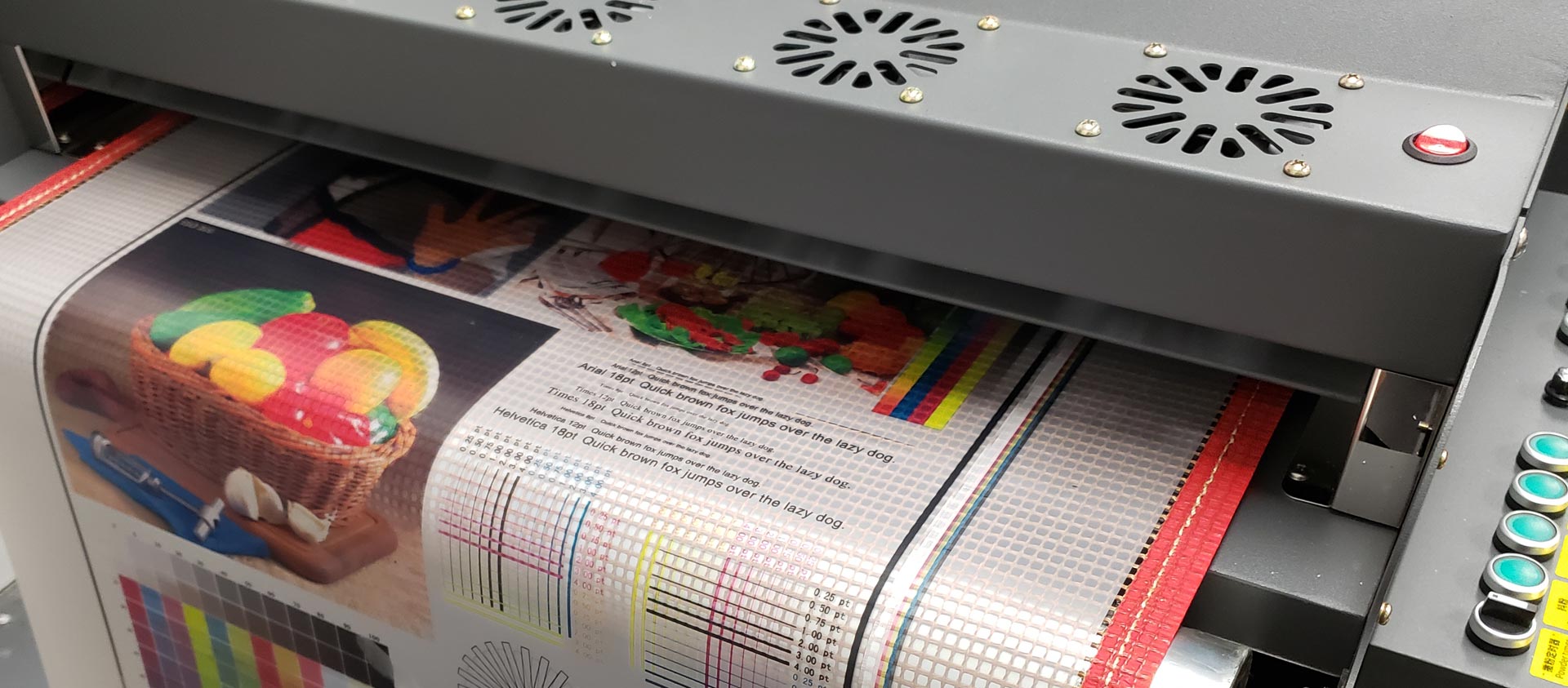The Ultimate DTF Printing Guide: Methods, Products, and Applications
The Ultimate DTF Printing Guide: Methods, Products, and Applications
Blog Article
The Future of Fashion: Discovering DTF Printing Technology in the Fabric Sector
Over the last few years, the textile industry has observed a significant change in the direction of innovative technologies that are reshaping the landscape of fashion manufacturing. Amongst these improvements, Straight to Movie (DTF) printing innovation has arised as an appealing competitor, using one-of-a-kind abilities and chances for designers and producers alike. This advanced printing technique has actually triggered interest because of its potential to reinvent typical textile printing processes. As we dig into the ramifications and possibilities of DTF technology in the realm of style, it comes to be apparent that its combination could redefine market standards and lead the way for a new period of innovative expression and performance.
Advancement of Textile Printing
Throughout history, the development of fabric printing has actually been a testament to the ingenious advancements in this detailed art type. From the old worlds using methods like block printing to the electronic transformation of today, textile printing has constantly pressed limits. The beginnings of fabric printing can be mapped back to China around 220 ADVERTISEMENT, with the usage of wood blocks to publish on silk textiles. As the craft spread to other parts of the globe, new techniques such as display printing and roller printing emerged during the Industrial Change, reinventing the fabric industry - DTF Printing.
In the 20th century, innovations in innovation led to the advancement of rotating screen printing, enabling for faster and a lot more intricate layouts. The intro of digital fabric printing in the late 20th century marked a significant change towards more versatile and sustainable printing approaches. Today, with advancements like Direct-to-Fabric (DTF) printing technology, designers can create dynamic, comprehensive prints with higher effectiveness and minimized environmental influence. The development of fabric printing showcases an abundant background of creative thinking, ingenuity, and technological development in the world of style and style.
Advantages of DTF Technology
With the development of fabric printing strategies from ancient methods like block printing to modern-day advancements such as electronic printing, the introduction of Direct-to-Fabric (DTF) modern technology has actually dramatically improved the effectiveness and sustainability of fabric printing procedures. One of the key benefits of DTF technology is its capacity to straight print designs onto textile without the need for transfer papers, which lowers waste and streamlines the manufacturing procedure. Furthermore, DTF printing enables for greater shade vibrancy and information precision compared to standard approaches, allowing fabric suppliers to create high-grade and detailed layouts effortlessly.
Additionally, DTF innovation is understood for its adaptability, as it can be used on different types of textiles, including natural fibers like cotton, wool, and silk, as well as artificial materials such as polyester and nylon (DTF Printing). This adaptability opens up a variety of possibilities for developers and manufacturers to experiment with different appearances and products, resulting in more innovative and special products in the fashion industry. On the whole, the application of DTF innovation represents a significant development in textile printing, offering countless benefits that add to the future sustainability and creative thinking of the market
Sustainability in Fashion Production
Highlighting environment-friendly practices is paramount in modern fashion production, lining up with the growing customer need for sustainable items. In recent times, the fashion market has actually dealt with raising examination as a result of its considerable ecological impact, consisting of excessive water usage, chemical contamination, and fabric waste. As a reaction, several fashion brands are currently including lasting methods right into their production processes to reduce injury to the environment.
Sustainability in vogue production includes various elements, such as making use of recycled and organic products, lowering power consumption, implementing ethical labor techniques, and promoting openness throughout the supply chain. Furthermore, developments see in technology, like DTF printing, offer possibilities to further enhance sustainability in fabric manufacturing. This innovation makes it possible for accurate printing on textiles, minimizing ink waste and water usage compared to conventional printing approaches.
Layout Liberty and Customization

In addition, DTF printing helps with modification on a scale formerly unattainable, allowing for individualized clothes and one-of-a-kind pieces tailored to specific choices. Generally, DTF printing innovation revolutionizes the style landscape in the fabric market, supplying endless possibilities for innovative expression and tailored style.
Effect On Supply Chain & Market Trends
DTF printing technology in the textile sector is reshaping supply chain characteristics click to find out more and influencing market fads via its performance and personalization capacities. By allowing on-demand printing and getting rid of the requirement for big inventories, DTF innovation improves the supply chain process.
In addition, the modification possibility of DTF printing modern technology is changing the market patterns in the textile sector. As a result, DTF technology is driving a shift towards even more ingenious and customer-centric approaches within the fabric market, forming the future of style.

Conclusion
Finally, DTF printing modern technology is reinventing the textile sector by using numerous advantages such as design flexibility, customization, and sustainability. This cutting-edge technology is reshaping the future of style manufacturing, affecting supply chains, and driving market fads in the direction of much more green and efficient practices. As the market proceeds to progress, DTF printing will certainly play an important function in shaping the way fabrics are generated and eaten in the years to come.
From the old people utilizing methods like block printing to the digital revolution of today, fabric printing has actually consistently pressed borders. As the craft spread to various other parts of the world, brand-new methods such as screen printing and roller printing arised during the Industrial Revolution, revolutionizing the textile sector.
The intro of digital fabric printing this hyperlink in the late 20th century marked a significant shift in the direction of even more versatile and sustainable printing techniques.With the evolution of textile printing methods from old techniques like block printing to contemporary technologies such as electronic printing, the intro of Direct-to-Fabric (DTF) technology has dramatically enhanced the efficiency and sustainability of fabric printing procedures (DTF Printing).In response to the critical change in the direction of sustainability in fashion production, the adoption of innovative technologies like DTF printing not only addresses environmental concerns yet also opens up opportunities for unequaled layout freedom and modification in the fabric industry
Report this page